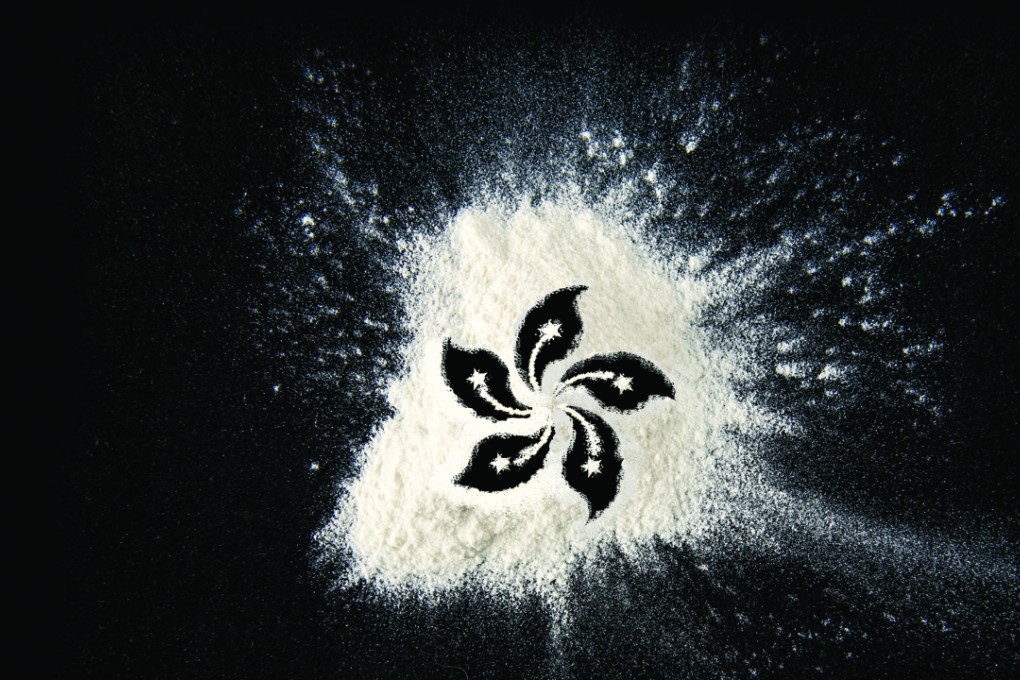Exclusive | Revealed: how Hong Kong became the crystal meth corridor linking mainland China’s producers to the lucrative Australian market
Hong Kong is an all-too-convenient centre of a crystal meth corridor straddling the Asia-Pacific – and ways to stem the flow have proved elusive

In drug enforcement circles it is generally accepted that for every consignment of illicit narcotics stopped and seized on its way into a country, nine more make it through.
That worrying statistic takes on even greater significance when you apply it to one of Asia-Pacific’s most active and lucrative drug-smuggling routes – the crystal meth corridor linking the mainland, Hong Kong and Australia.
Last week , the Australian Federal Police seized a shipping container packed with the powerful stimulant methamphetamine – also known as “Ice” – as it arrived in Sydney from Hong Kong.
It was the biggest haul of liquid meth the country has ever seen and led to the arrests of two men and a woman from Hong Kong and a mainland associate.
READ MORE: Bra inserts used in record HK$7 billion drug import, police nab three Hongkongers and a mainlander
The scenario is all too familiar for Australian authorities. Since 2006, at least 27 Hongkongers have been arrested trying to smuggle HK$15 billion worth of meth into the country. And the amount of the drug seized at Australian ports and airports having arrived from the SAR is almost triple that from the rest of the world.
And it’s not just Down Under. One of Hong Kong’s most notorious drug kingpins, Wong Chi-ping, who ran a massive meth smuggling operation into Indonesia for years, is on death row in a Jakarta jail after being caught red handed with more than 860kg of the drug last year.